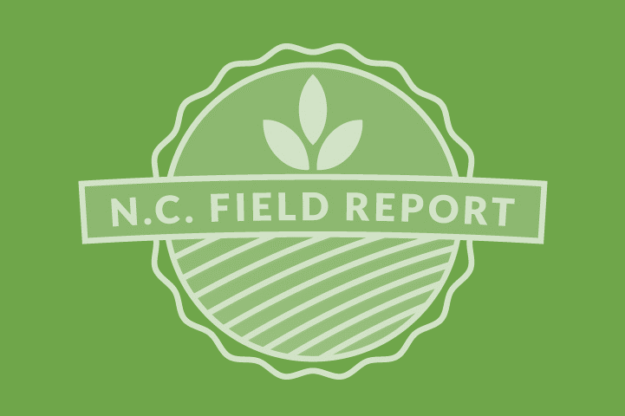Meeting Season Starts in Jan
It’s hard to believe 2018 is already almost here. The winter meeting season kicks off the first week in January which is only a few weeks away. Winter meetings are a great way for growers to hear the about the latest research conducted over the last season. Researchers provide data and recommendations that you can…
Details





